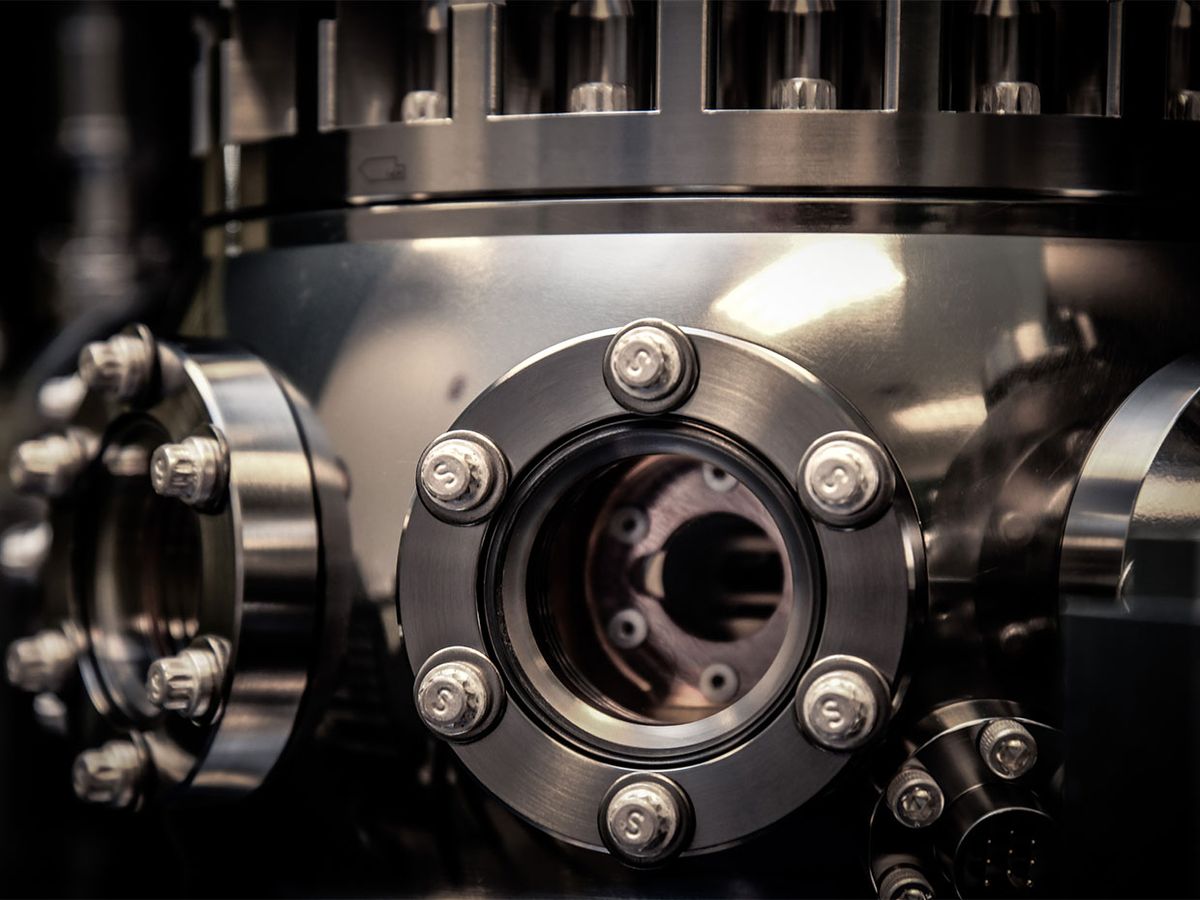“We expect within next three months we will be releasing world’s most powerful quantum computer,” Tony Uttley, president of Honeywell Quantum Solutions, told IEEE Spectrum in March. Right on cue, last week the company claimed it had reached that mark. The benchmark measurement, called quantum volume, is essentially a combined measure of the number of physical qubits, how connected they are, and how error prone they are. For Honeywell’s system, which has 6-qubits, that number is now 64, beating a 53-qubit IBM system that had a quantum volume of 32.
The quantum volume measure isn’t a universally accepted benchmark and has an unclear relationship to the “quantum supremacy” goal Google claimed in 2019, which compares a quantum computer to the theoretical peak performance of classical computers. But Uttley says it’s the best measure so far. “It takes into account more than just how many physical qubits you have,” he says. Just going by the number of qubits doesn’t work because, “you don’t necessarily get all or even any of the benefits of physical qubits” in real computations.
Honeywell’s computer uses ytterbium ions trapped by an electromagnetic field within a narrow groove built in a chip. The qubit is represented by the spin state of the ion’s outermost electron and that of its nucleus. The qubits are manipulated using lasers and can be moved around the trap to carry out algorithms. Much of the quantum volume advantage of this system comes from the length of time the qubits can hold their state before noise corrupts them and crashes the computation. In the ion trap, they last for seconds, as opposed to the microseconds of many other systems. Uttley says this long “coherence time” allows for mid-circuit measurements—a quantum version of if/then programming statements—in quantum algorithms.
Because of COVID-19, most of the United States went into lockdown within weeks of Honeywell’s March prediction. So hitting the mark took a different path than expected. “We had to redesign physical layout of labs to keep social distance,” including adding plexiglass dividers, explains Uttley. And only 30 percent of the project team worked on site. “We pulled in a tremendous amount of automation,” he says.
The quantum computer itself is designed to be accessed remotely, Uttley explains. The company plans to offer it as a cloud service. And partners, such the bank JP Morgan Chase, are already running algorithms on it. The latter firm is interested in quantum algorithms for fraud detection, optimization for trading strategies, and security. More broadly customers want to explore problems of optimization, machine learning, and chemistry and materials science.
Uttley predicts 10-fold boosts in quantum volume per year going forward. His confidence comes from the nature of the ion trap system his team has developed. “It’s like we built a stadium, but right now we’re only occupying a handful of seats.”
Samuel K. Moore is the senior editor at IEEE Spectrum in charge of semiconductors coverage. An IEEE member, he has a bachelor's degree in biomedical engineering from Brown University and a master's degree in journalism from New York University.



